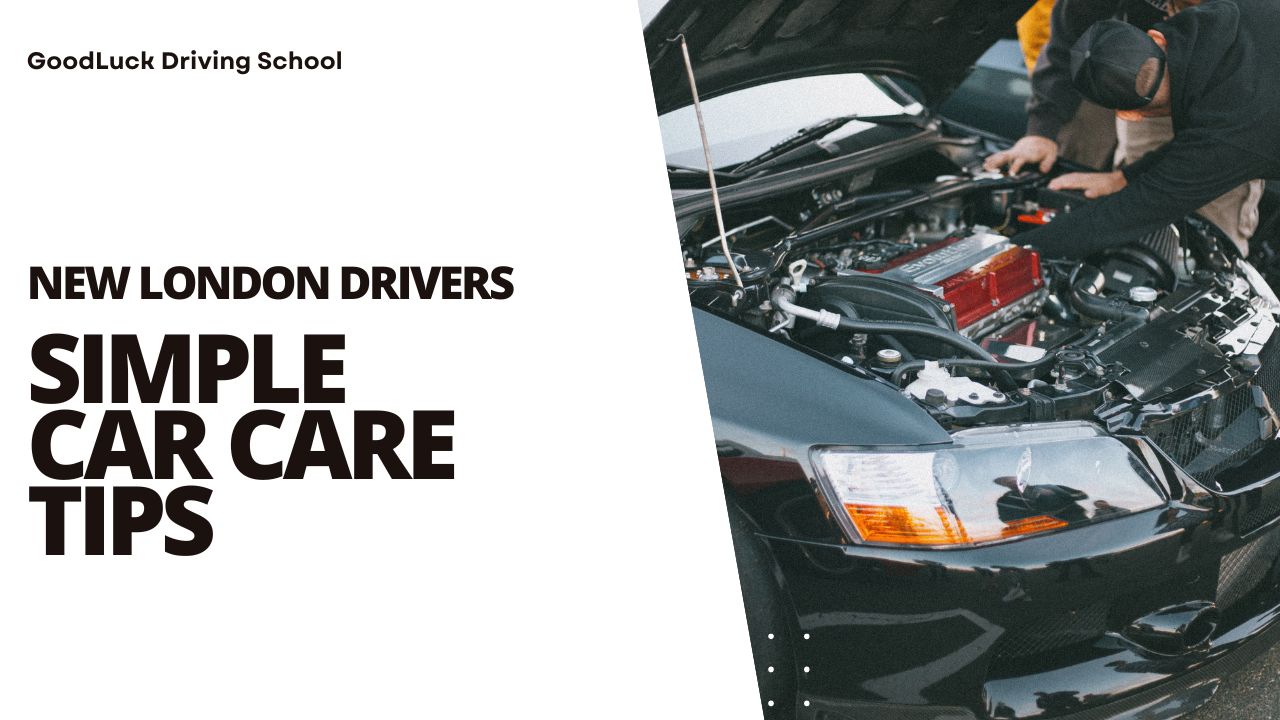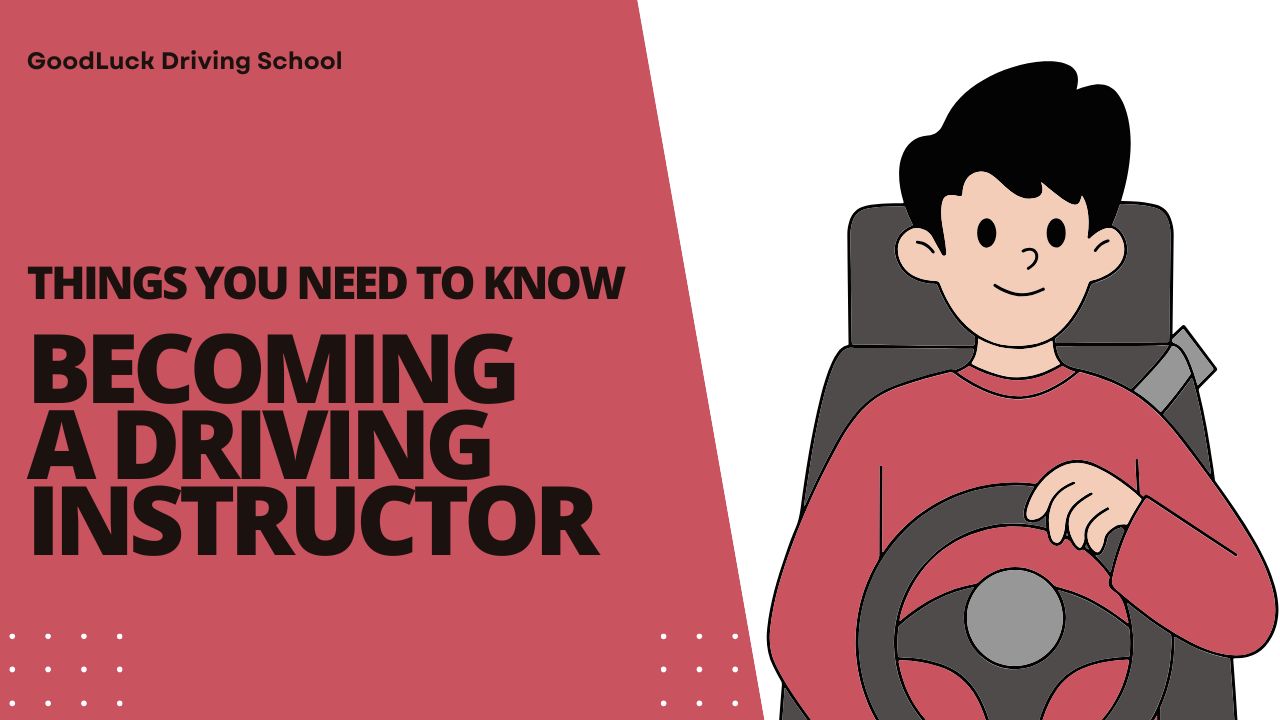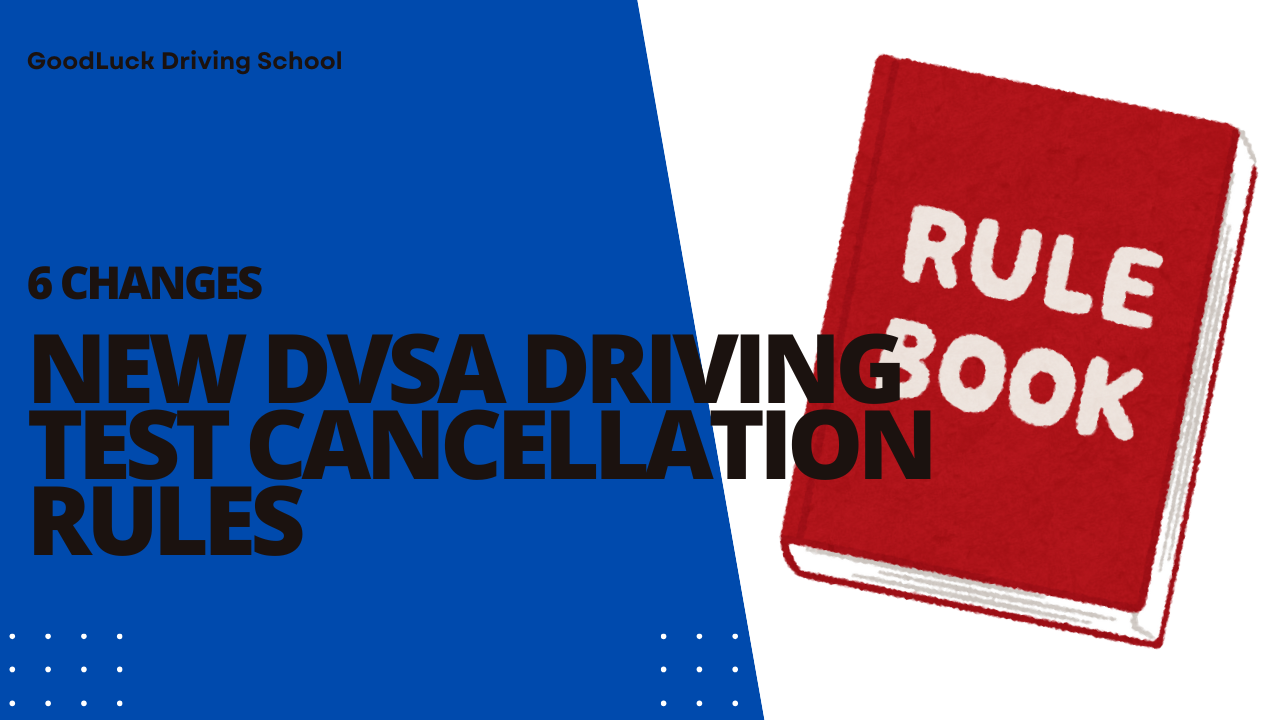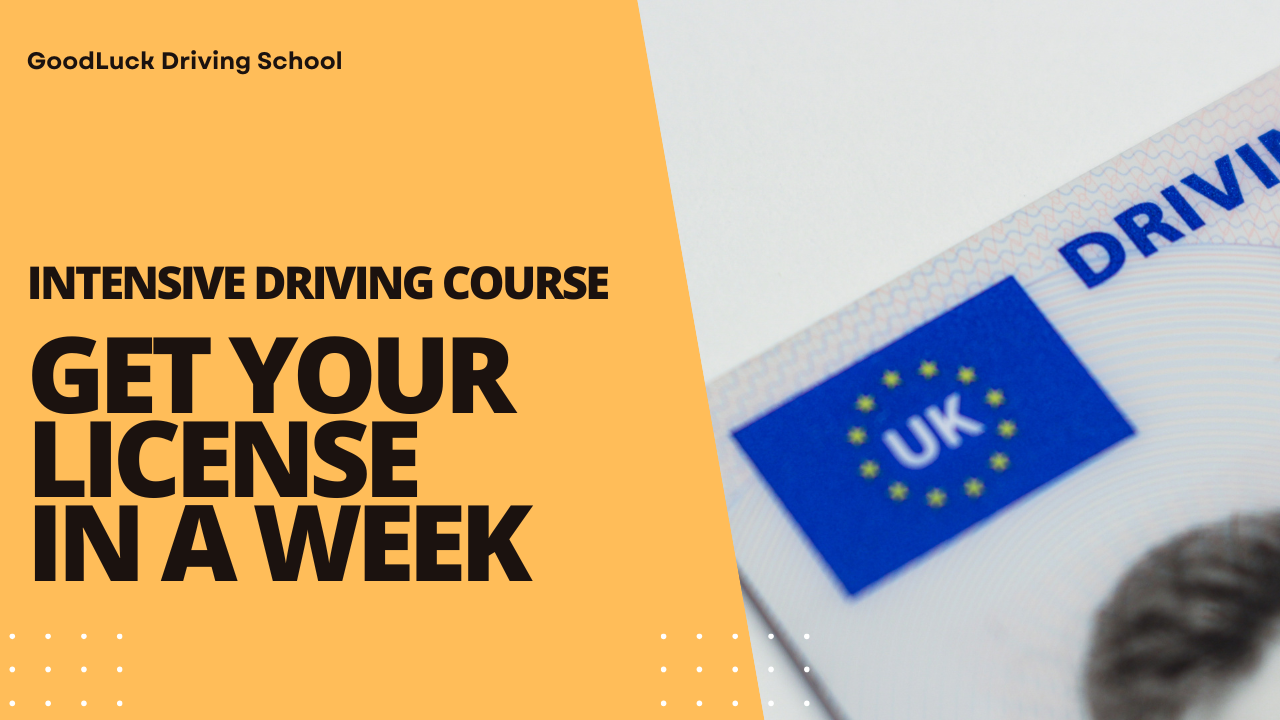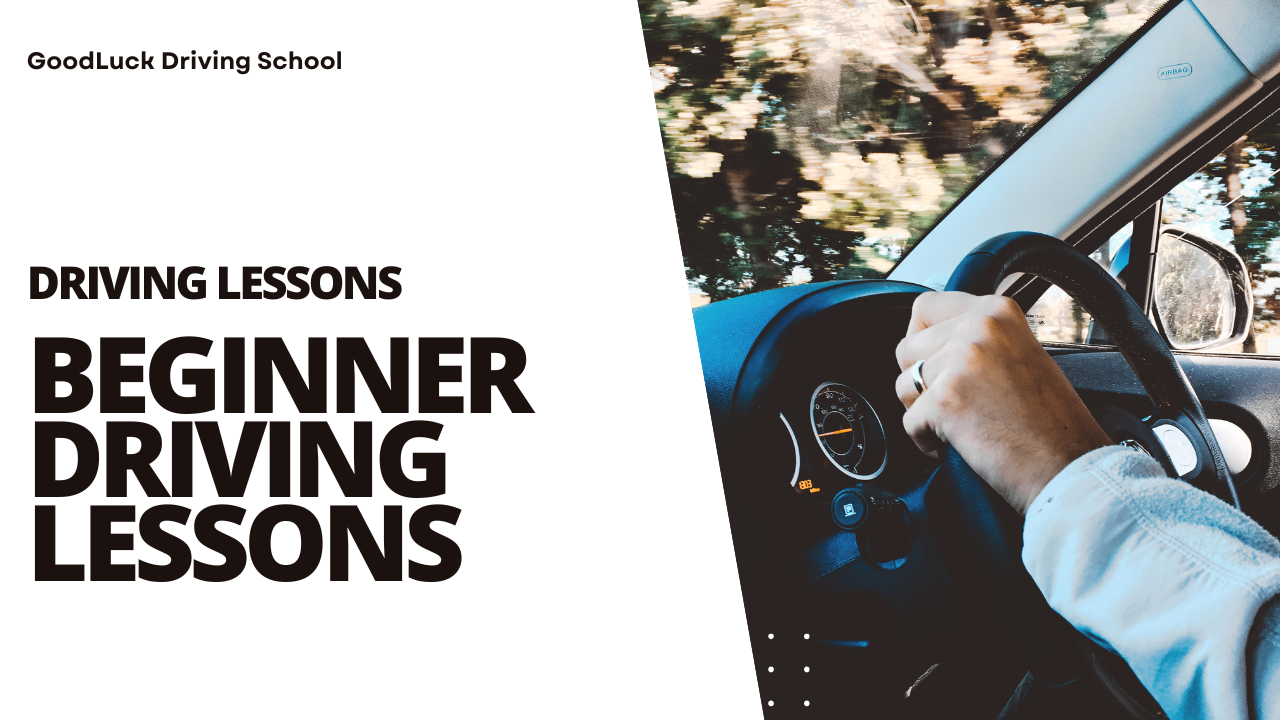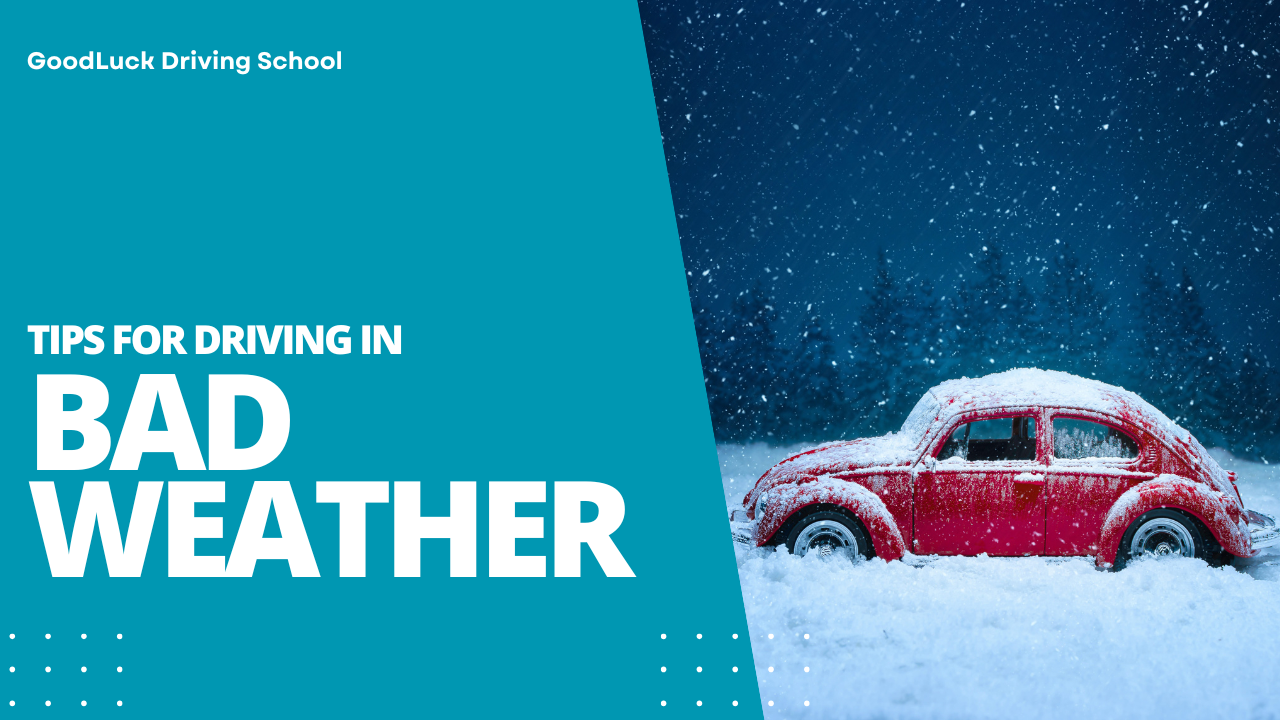
Tips for Driving Safely in Bad Weather Conditions
1. Understanding Bad Weather Driving Conditions
1.1 Types of Bad Weather
Rain
Rain can seem harmless at first, but don’t let it fool you. A light drizzle can turn into heavy rain fast, cutting visibility and making roads slick. Your tires lose grip, and suddenly even straight roads feel risky.
Snow and Ice
Snow may look peaceful, but it hides serious danger. Ice is often invisible and can send your car sliding with little warning. Even a short drive can feel out of control if you’re not ready for it.
Fog and Wind
Fog covers everything, making it tough to see what is in front of you or next to you. Strong winds blow your car off track, making it harder to steer, especially on highways or wide open roads.
1.2 How Bad Weather Affects Your Driving
Reduced Visibility
Heavy rain and fog can shrink your view to just a few feet. It is like driving with a blindfold because you cannot react to what you cannot see.
Slippery Roads
Rain, snow, and ice make roads slick. Your tires may glide instead of grip, especially when braking or turning. This can easily lead to accidents if you’re not cautious.
Changes in How Your Car Handles
Bad weather affects everything including braking, steering, and accelerating. A quick turn that is safe in dry conditions might cause your car to spin on wet or icy roads. You need to stay focused and adjust how you drive.
1.3 Why Awareness Matters
Check Weather Reports Before You Go
A quick look at a weather app or traffic alert can save you from serious trouble. Know what you’re heading into, and plan accordingly.
Acknowledge the Risks
Ignoring bad weather does not make it disappear. It only puts you at greater risk. If conditions are bad, it is okay to change your plans or delay your trip.
Be Ready for Surprises
Weather can shift without warning. Clear skies when you leave can turn into a downpour an hour later. Stay prepared so you’re not caught off guard.
2. Preparing Your Vehicle for Adverse Weather
2.1 Essential Maintenance Checks
Wiper Blades and Washer Fluid
If your wipers leave streaks or do not move smoothly across the glass, replace them. Clear visibility is very important in rain or snow. Also, keep your washer fluid full because dirt builds up quickly in bad weather.
Tires and Tread Depth
Good tires help your car grip the road, even when it is wet or icy. Check the tread depth using a coin. If the top of Lincoln’s head is visible, it is time for new tires. Also, check for cracks or uneven wear.
Battery Health
Cold weather drains battery power quickly. If your car struggles to start or the battery’s more than three years old, get it tested. A weak battery in a snowstorm can leave you stranded.
2.2 Emergency Kit Essentials
First Aid Kit
Accidents can happen, so be prepared. A basic first aid kit can help you treat small injuries until help arrives. Having one with you will give you peace of mind.
Blankets and Warm Clothing
If you get stuck in snow or break down in the cold, staying warm becomes a top priority. Keep extra blankets, gloves, and a hat in the car, just in case.
Basic Tools and a Spare Tire
A flat tire in bad weather is frustrating, but it is manageable if you have the right tools. Make sure your jack, wrench, and spare tire are ready to use. Also, keep jumper cables and a flashlight with extra batteries.
2.3 Use Technology to Your Advantage
GPS and Navigation Apps
Your phone can do more than give directions. Apps like Google Maps or Waze can reroute you around traffic, road closures, or accidents caused by the weather.
Weather Apps
Use a weather app to stay informed. Real-time alerts can help you avoid driving into storms or freezing conditions. A quick check can help you change your route and stay safe.
Emergency Contacts Saved
Program local emergency numbers or roadside assistance into your phone. If something goes wrong, you won’t waste time searching for help.
3. Safe Driving Techniques in Bad Weather
3.1 Adjusting Speed and Distance
Slow Down
Speed limits are for perfect conditions. In rain, snow, or fog, they’re often too fast. Ease off the gas and drive at a speed that feels safe, even if it’s well below the posted limit.
Give Yourself More Room
That two-second gap? Double it. Leave at least four seconds between you and the car ahead. Extra space gives you time to brake gently and avoid sudden stops.
Think Ahead, React Early
Bad weather slows down your reaction time. Plan ahead for what is coming, like a red light, a curve, or a car merging, instead of waiting until the last second. Smooth and early reactions help you stay in control.
3.2 Handling Skids and Loss of Traction
If You Skid, Don’t Panic
Ease off the gas and steer gently in the direction you want to go. Do not slam the brakes or turn the wheel sharply because both can make things worse.
Stay Smooth with the Wheel and Pedals
Quick or jerky moves can cause your tires to lose grip. Stay calm, steer smoothly, and press the pedals gently. The more control you have, the less likely you are to skid.
Let ABS Do Its Job
If your car has Anti-lock Brakes (ABS), press the brake pedal firmly. You might feel the brake pulsing, but that is normal. The system is working to help you stop without skidding.
3.3 Stay Focused and Alert
Remove All Distractions
Bad weather demands your full attention. Put the phone down, keep music low, and stay focused on the road. One second of distraction can lead to disaster.
Don’t Drive Tired
Fatigue slows your reaction time and clouds your judgment. If you’re tired, pull over, rest, or hand the wheel to someone else. Alertness is just as important as visibility.
Use Your Defrosters and Headlights
Fogged-up windows and poor lighting can be dangerous. Use the front and rear defrosters to keep windows clear. Turn on your headlights, even during the day, to help others see you.
4. Navigating Specific Weather Challenges
4.1 Driving in Rain
Watch for Hydroplaning
If your tires lose contact with the road and glide over water, that is called hydroplaning. It feels like floating, and it is dangerous. Slow down when roads are wet and avoid driving through large puddles.
Make Turns and Lane Changes Slowly
Wet roads reduce traction, especially when turning or switching lanes. Take your time. Signal early, check your mirrors, and move gently.
Use the Right Lights
Use your low beams instead of high beams. High beams reflect off rain and make it harder to see. Keeping your headlights on also helps others see you more easily.
4.2 Driving in Snow and Ice
Accelerate Gently
Hit the gas too hard and your wheels can spin. Start slow and steady. Give your tires time to grip the surface before picking up speed.
Look Out for Black Ice
Black ice is almost invisible and very slippery. Be extra careful at night, early in the morning, or near bridges and shaded areas because those spots freeze first.
Be Careful on Hills
When going uphill, keep a steady pace and avoid stopping if you can. When going downhill, go slowly and do not hold down the brakes. Tap them lightly to stay in control.
4.3 Driving in Fog
Use Fog Lights (If You Have Them)
Fog lights sit low on your vehicle and cut through the mist better than standard lights. If your car doesn’t have fog lights, stick with low beams. High beams reflect off the fog and reduce visibility.
Back Off and Slow Down
You may not see the car ahead until you’re too close. Keep a big gap and reduce your speed. Always be cautious around the corners while driving.
Stay in Your Lane
Use the road’s right edge or lane markings as a guide. Avoid drifting by staying centered and checking your position often.
5. When to Avoid Driving in Bad Weather
5.1 Recognizing Dangerous Conditions
Pay Attention to Severe Weather Alerts
If there’s a weather warning, don’t brush it off. These alerts are based on real risks. Delaying your trip might feel inconvenient, but it could prevent a serious accident.
Never Drive Through Flooded Roads
If a road is closed or flooded, turn around. Water can hide deep potholes, sweep your car off the road, or stall your engine. It is not worth the risk, so choose another route or wait until it is safe.
If You Can’t See Clearly, Don’t Drive
Poor visibility makes it hard to see what is ahead or coming toward you. If you are struggling to see clearly, pull over or wait until conditions improve.
5.2 Knowing When to Stay Put
Weigh the Risk, Not Just the Schedule
Being late is better than being in danger. If you’re unsure about the road conditions, trust your instincts. It’s okay to say, “Not today.”
Consider Public Transportation
If it’s running and safer than driving yourself, use it. Trains and buses are often better equipped to handle bad weather than passenger vehicles.
Talk It Through
Call a friend, coworker, or family member. A second opinion can help you make a safer choice. Sometimes, just saying your plan out loud helps you realize it’s not the best one.
5.3 Keep Others in the Loop
Let Someone Know Where You’re Going
Share your route and estimated arrival time with someone you trust. If anything goes wrong, they’ll know where to start looking.
Set Up Check-Ins
If you are taking a long trip in bad weather, plan to check in with someone at certain times. A quick message lets others know you are safe or alerts them if you need help.
Use Location Sharing
Apps like Google Maps, Apple’s Find My, or WhatsApp can share your live location. If you end up needing help, this makes it easier to find you.
FAQ
What should I do if I get caught in a storm while driving?
Stay calm. Pull over to a safe place, like a rest stop or parking area. Turn on your hazard lights, stay inside your car, and wait for the worst of the weather to pass. Do not stop in traffic lanes or near curves where other drivers may not see you.
How do I know if my tires are safe for bad weather?
Check your tire tread depth using a penny. Insert it into the grooves with Lincoln’s head facing down. If you can see all of his head, the tread is too worn. Also, check for cracks, uneven wear, or low pressure. Good tires provide better grip and safer driving.
Is it okay to use cruise control in bad weather?
No. Avoid using cruise control in rain, snow, or icy conditions. It can reduce your control if your tires lose traction and may delay your reaction time in an emergency.
What emergency supplies should I keep in my car?
Every vehicle should have:
- A first aid kit
- Bottled water
- Non-perishable snacks
- Flashlight with extra batteries
- Blankets or warm clothing
- Basic tools, jumper cables, and a spare tire
When should I pull over and stop driving?
Stop if you:
- Can’t see clearly due to fog, heavy rain, or snow
- Feel your car sliding or losing control
- Are unsure about road conditions or feel unsafe
Pull over to a safe spot, not just the shoulder. Use your hazard lights and wait it out.
BOOK NowOR CALL US AT

